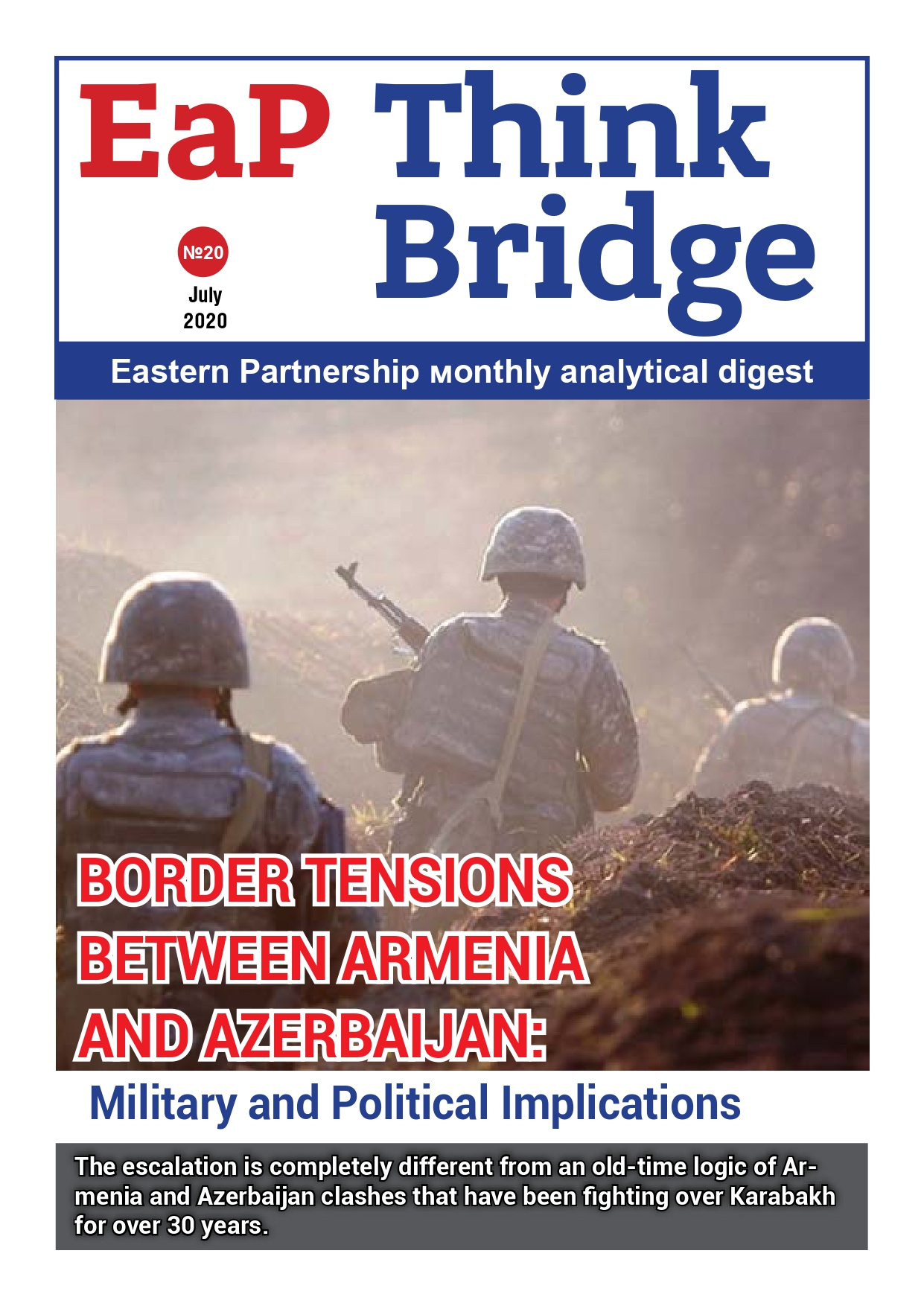In February, the Azerbaijani government decided to increase the minimum wage and pensions; however, this decision along with the changes to the Tax Code and higher excise taxes for imported goods caused higher inflation rates. On February 14, the country introduced its simplified e-agriculture system. The report from UK-based “London Loves Business” newspaper showed that Azerbaijan rates second in the growth rate of high-tech exports. The foreign policy agenda of the country was dominated by Aliyev’s meeting with Georgian President.
DOMESTIC POLICY
Higher pensions – higher prices
Azerbaijan Center for Economic & Social Development has conducted an analysis of the price escalation, which was especially observed in January, with nearly 3%, intensifying in the last few days. The interesting point is that along with imported products, domestic products also experienced a rise in prices.
According to the report, the first reason for the price escalation is the changes to the Tax Code of Azerbaijan. Now trading partners are paying more taxes, thus they try to offset extra costs through price escalation. Secondly, higher excise taxes have been introduced for some imported goods such as tobacco products and alcoholic beverages, which led to the price increase. Last but not least, recently, the government has decided to increase the minimum wage and pensions, which about 600,000 people receive. With the increase, Azerbaijan has ranked second in the CIS in terms of the level of the minimum pension. However, this decision came with a price. Thinking that now people can afford more some sellers raised the prices of their products.
ECONOMY
Introduction of e-agriculture system
Recently, Azerbaijan has paid much attention to simplifying different operations through online systems. The introduction of ASAN service and the promotion of online payments are two well-known examples of this phenomenon. Now the spotlight is on the agriculture sector, which accounts for 6% of overall GDP and provides jobs for 37% of the population. On February 14, the presentation of the Electronic Agricultural Information Systems was held at the Agrarian Research Center under the Ministry of Agriculture.
Introduction of the e-agriculture system will save farmers’ time by eliminating the need for document submission. Instead, they will enter the data electronically. The data will be analyzed collectively, thus it will be easier to predict which crops and how many of them will be grown in the country. Moreover, the e-agriculture system considers providing consulting service to the farmers. Since the electronic system will be transparent, it will allow for effective control and monitoring mechanisms.
Fitch Rating: BB+
Fitch, one of the big three credit rating agencies, has affirmed Azerbaijan`s Long-Term Foreign and Local Currency Issuer Default Ratings (IDR) at ‘BB+’ with a Stable Outlook. According to the report, the country has “a strong external balance sheet and low government debt, stemming from accumulated surpluses in times of high oil revenues, with a heavy dependence on hydrocarbons, an underdeveloped and opaque policy framework, and a weak banking sector and governance indicators”. Fitch research indicates that the revenue from hydrocarbon resources comprises 42% of GDP and 63% of fiscal revenues. Lastly, Azerbaijan’s economy is predicted to grow 3.5% in the current fiscal year.
Second place for high-tech exports
UK-based online newspaper “London Loves Business” has analyzed 10 years of high-tech investment data for some European countries and published a report. According to the report, the volume of high-tech exports is the key indicator for technology investments.
Azerbaijan settled in the second place for the growth rate of high-tech exports “with an average annual growth rate of 41.1% from $9,073,107 export value in 2006, to $9,132,464 in 2016”. In the report, high-technology exports are defined as all products which require significant resources and research in order to develop and produce, including the aerospace, computer, pharmaceutical, scientific instruments, and electrical machinery industries.
FOREIGN POLICY
Meeting with Zurabishvili
Georgian leader Salome Zurabishvili’s official visit to Azerbaijan on February 27 further indicated the close cooperation of the two countries. She held a one-on-one meeting with Aliyev and then they were joined by their delegations for a meeting in an expanded format.
Aliyev congratulated Zurabishvili on her recent success in the presidential elections and stated his appreciation for the visit. Georgian leader, in her turn, talked about the history of close ties between the two countries and emphasized that the challenges to both of the countries had been similar. The former Energy Minister of Georgia Kakha Kaladze called Azerbaijan and Georgia “a bridge between Europe and Asia”.
According to the National Statistics Office of Georgia, the trade turnover between Azerbaijan and Georgia has reached $ 97.6 million last year. Thus, Azerbaijan, the strategic partner of Georgia, has become its second largest trading partner after Turkey. Moreover, Georgia’s exports to Azerbaijan have increased by 70.4% in comparison with the same month of the last year. The two neighboring countries continue to cooperate economically , especially in the transit of goods. Azerbaijan and Georgia continue to implement the joint railway project Baku-Tbilisi-Kars, which allows for higher volumes of goods to transport.



